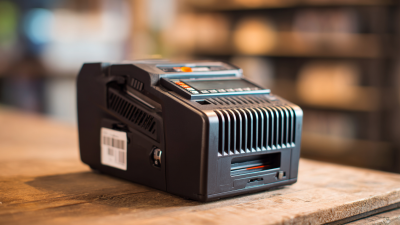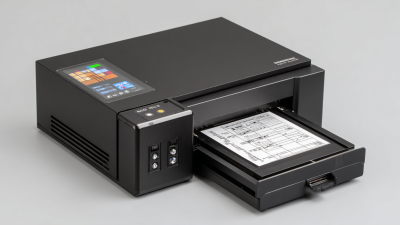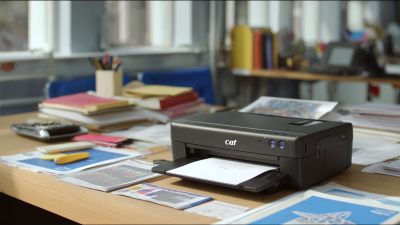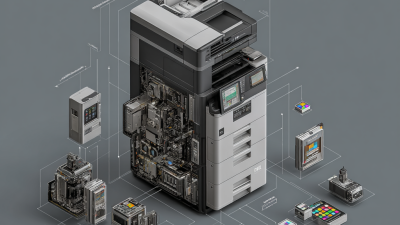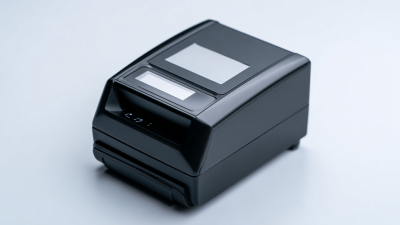In today's fast-paced retail and logistics environments, the choice of a Barcode Thermal Printer can significantly impact operational efficiency and accuracy. According to recent industry reports, the global barcode printer market is projected to reach USD 4.8 billion by 2026, growing at a CAGR of 4.3% from 2021 to 2026. This growth is driven by the increasing need for streamlined inventory management and labeling processes across various sectors, including healthcare, manufacturing, and e-commerce. Choosing the right Barcode Thermal Printer involves considering factors such as print speed, resolution, and connectivity options, which can affect everything from stock tracking to customer satisfaction. As businesses continue to adapt to digital transformation, understanding how to select the best printer for specific needs will become essential to stay competitive in the market.
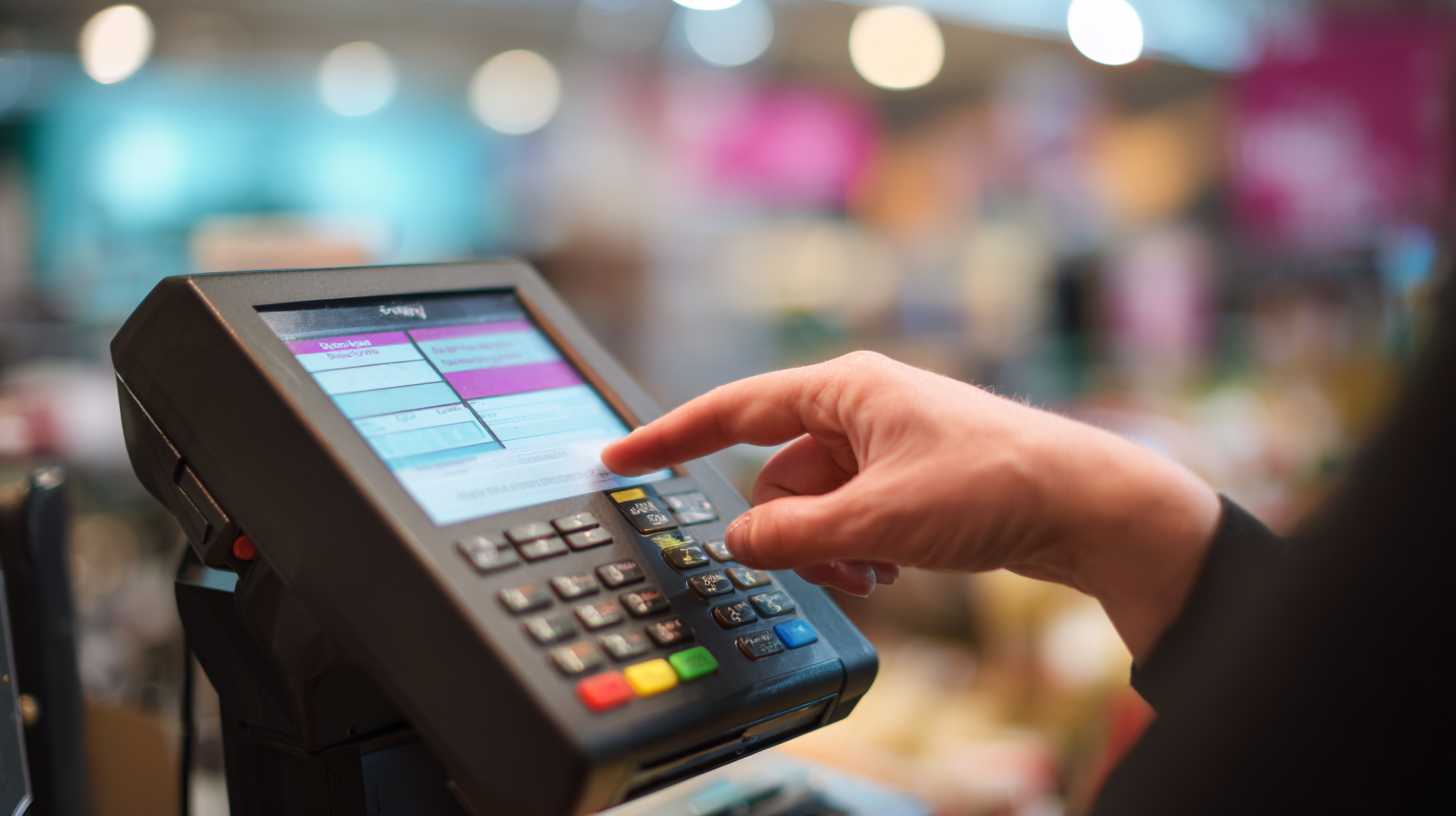
When selecting a barcode thermal printer for your business, understanding your specific requirements is crucial. According to a report by TechCrunch, the global barcode printer market is projected to reach $5.6 billion by 2025, driven in part by increased demand across various sectors such as retail, logistics, and healthcare. Therefore, businesses must identify their unique printing needs, including the volume of labels required, the type of labels (thermal transfer vs. direct thermal), and the environmental conditions where the printer will be used.
Furthermore, consider the types of barcodes you need to print. The GS1 Standards organization notes that various industries may employ different barcode symbologies, such as UPC for retail or Code 128 for logistics. Evaluating your inventory management systems and the compatibility of barcode formats will help ensure seamless integration with your operations. Additionally, reliability and print speed are imperative; research has shown that businesses using efficient thermal printers can increase operational efficiency by up to 30%, underscoring the importance of aligning printer capabilities with business workflows.
When selecting a barcode thermal printer for your business, it's essential to understand the different types available in the market. The two primary categories are direct thermal and thermal transfer printers. According to a market analysis from Smithers Pira, the demand for thermal printers is expected to grow at a CAGR of 7.2% through 2024. This growth is primarily driven by industries requiring efficient and high-quality labeling solutions, such as retail and logistics.
Direct thermal printers utilize heat-sensitive media and are ideal for short-term labeling needs, as the prints can fade over time, especially when exposed to light and heat. Conversely, thermal transfer printers employ a ribbon that creates long-lasting labels, making them suitable for items that require extended durability. According to a report by IDTechEx, over 50% of companies in the logistics sector prefer thermal transfer technology for its superior quality and reliability. Understanding these differences will help businesses make informed decisions tailored to their specific printing needs.
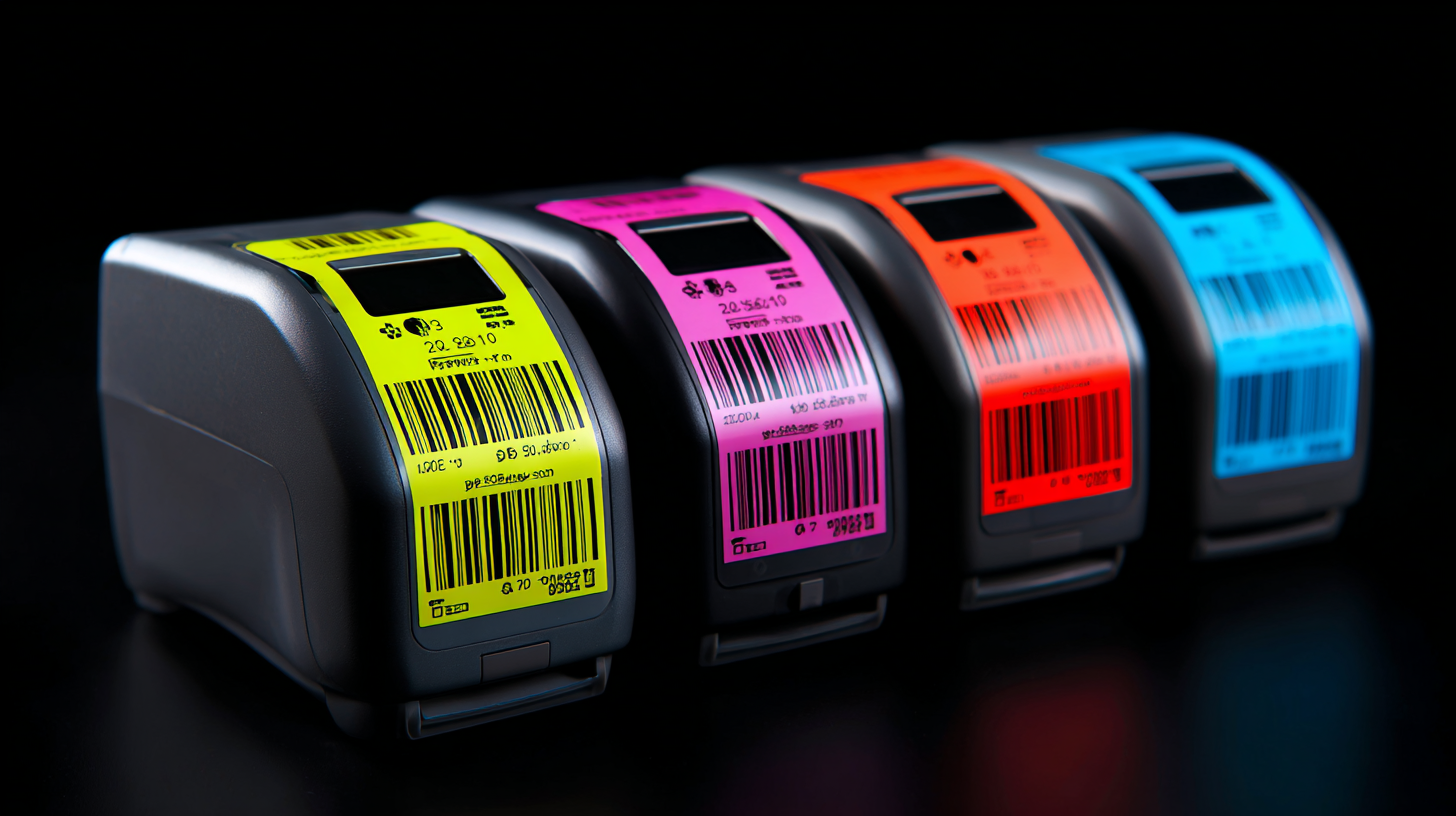
Choosing the right barcode thermal printer involves a careful evaluation of key features to meet your specific business needs. One of the most critical aspects to consider is print resolution—typically measured in DPI (dots per inch). A higher DPI, such as 300, ensures crisp and clear barcodes that can be scanned easily, reducing errors at point of sale. According to a report by Smithers Pira, the demand for high-quality printing in retail has increased by 25% over the past three years, emphasizing the necessity for precision in barcode printing.
Another significant factor is print speed, which affects productivity in a fast-paced environment. Many businesses require printers that can print at least 4-6 inches per second. The NPD Group recently highlighted that businesses prioritizing efficiency have seen an increase of up to 30% in operational effectiveness by selecting printers with optimal speed.
Tips: When evaluating thermal printers, consider your volume of printing. If you anticipate high-volume output, opt for printers that support larger paper rolls to minimize downtime. Additionally, assess connectivity options such as USB, Ethernet, or wireless capabilities to ensure seamless integration with your existing systems.
| Feature | Description | Importance | Example |
|---|---|---|---|
| Print Resolution | The sharpness and clarity of printed images, typically measured in DPI (dots per inch). | High DPI is crucial for detailed barcodes and labels. | 300 DPI for general use; 600 DPI for high-quality printing. |
| Print Speed | The rate at which the printer produces labels, measured in inches per second (IPS). | Faster print speeds can increase productivity in high-volume situations. | 4 IPS to 12 IPS depending on model. |
| Connectivity Options | Methods for connecting the printer to devices, such as USB, Ethernet, Bluetooth, or Wi-Fi. | Multiple connectivity options enhance flexibility in business operations. | USB and Wi-Fi for networked environments. |
| Durability | The ability of the printer to withstand harsh environments and heavy usage. | Highly durable printers are essential for operational reliability. | Industrial-grade printers for warehouse use. |
| Label Compatibility | Types and sizes of labels that the printer can handle. | Compatibility ensures that the printer meets specific business needs. | Thermal transfer and direct thermal labels. |
| Price Range | The cost of the printer, which can vary widely based on features and specifications. | Understanding the price helps in budgeting and selecting within financial limits. | From $200 to $2000 depending on features. |
When selecting the best barcode thermal printer for your business, it's crucial to consider cost and budget factors to ensure a smart investment. First, determine your budgetary constraints by assessing how much you are willing and able to spend on the printer. This includes not only the initial purchase price but also ongoing costs such as maintenance, ink, and labels. Opting for a printer that has a lower upfront cost might seem appealing, yet it’s essential to weigh this against its long-term performance and durability.
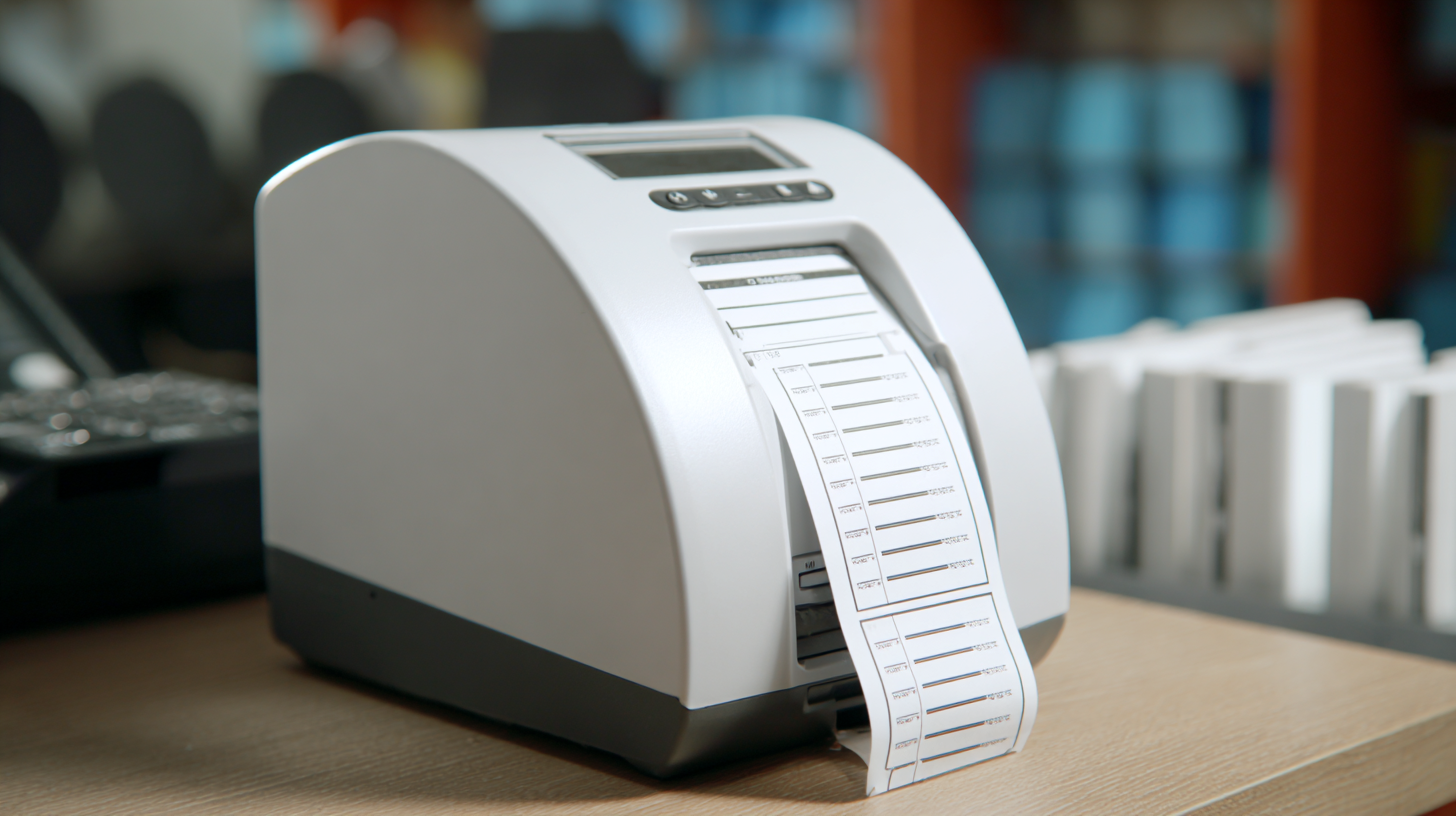
Another important aspect of budgeting is evaluating the total cost of ownership over the printer's lifespan. This involves looking at factors such as printing speed, resolution, and the availability of replacement parts. High-quality printers may come with a higher price tag, but they could save you money in the long run due to lower operational costs and reduced downtime. Additionally, consider whether the printer offers features that align with your business needs, such as wireless connectivity or mobile printing, which may influence both productivity and operational costs. Taking the time to carefully analyze these financial factors will help you choose a thermal printer that meets your business requirements without breaking the bank.
When selecting the ideal barcode thermal printer for your business, researching customer reviews should be a priority. Customer feedback provides real-world insights into the printer's performance, durability, and ease of use. This firsthand information can highlight specific advantages and drawbacks that may not be apparent from product specifications. By examining reviews on various platforms, such as retail websites and tech forums, you can gauge the experiences of other users and understand how well a particular model meets their needs.
In addition to customer reviews, consider the reliability of the brand manufacturing the thermal printer. A well-respected brand often signifies quality and dependable customer support. Look for companies that have a strong track record in the industry, as they are more likely to produce reliable products and offer robust warranties or service options. Investigating the brand's reputation through independent reviews and ratings can further inform your decision, ensuring that your investment leads to a dependable printing solution for your business operations.
